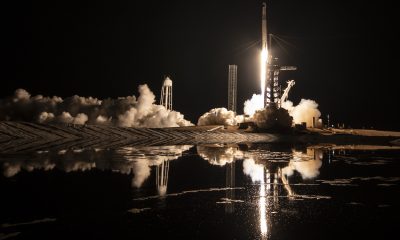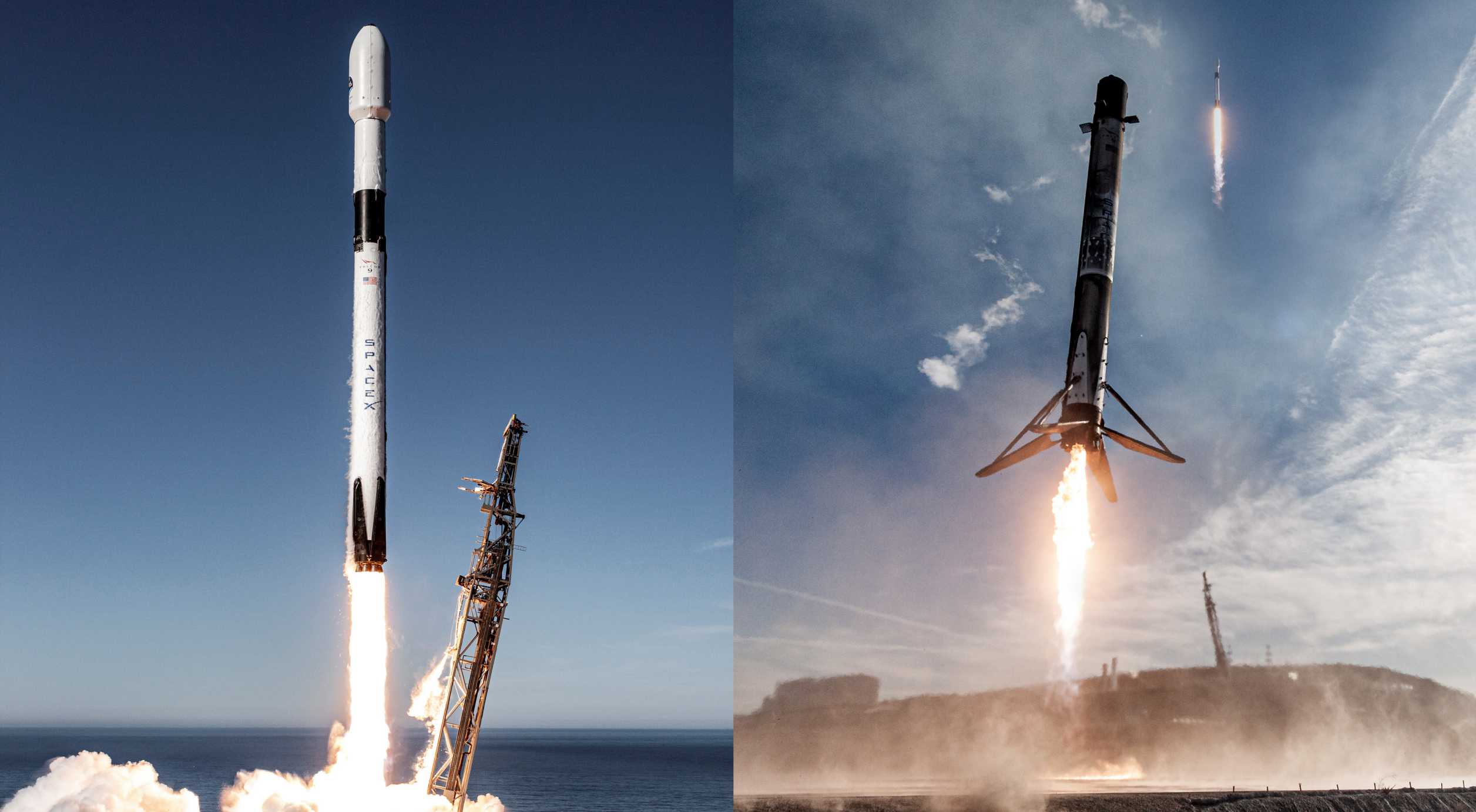

News
SpaceX wins Sentinel 6B radar satellite launch contract
SpaceX has won a contract to launch the joint US-European Sentinel 6B radar satellite as early as November 2025.
Five years ago, NASA also chose SpaceX to launch Sentinel 6A, the first of two identical satellites designed to use radar altimeters to determine global sea levels more accurately than ever before. In October 2017, just half a year after SpaceX’s first Falcon 9 rocket booster reuse and well before the cost savings that followed were fully factored in, NASA awarded SpaceX $94 million to launch the 1.1-ton (~2500 lb) to a relatively low 1300-kilometer (~810 mi) orbit.
Five years and two months later, NASA has awarded SpaceX $97 million to launch a virtually identical satellite to the same orbit, from the same launch pad, with the same rocket. SpaceX, however, is far from the same company it was in 2017, and has effectively mastered Falcon booster and payload fairing reuse in the half-decade since.
The update that's rolling out to the fleet makes full use of the front and rear steering travel to minimize turning circle. In this case a reduction of 1.6 feet just over the air— Wes (@wmorrill3) April 16, 2024
Beginning in March 2017, SpaceX has reused Falcon boosters on 130 launches, including sensitive US military missions and even NASA astronaut launches. SpaceX has launched almost 70 internal Starlink missions (carrying more than 3600 SpaceX-built satellites) without bankrupting the company. CEO Elon Musk has stated that the marginal cost of a barebones Falcon 9 launch is just $15 million, while another executive once pegged the total cost of a Falcon 9 launch with flight-proven hardware at $28 million.
Perhaps most significantly, SpaceX won a contract in 2019 to launch NASA’s tiny IXPE X-ray telescope on Falcon 9 for only $50 million. SpaceX completed the mission in December 2021, launching the 330-kilogram (~730 lb) spacecraft into a roughly 600-kilometer (~370 mi) orbit. IXPE was initially expected to launch on Aerojet Rocketdyne’s troubled air-launched Pegasus XL rocket, which last launched a small NASA spacecraft for about $55 million.
Writ large, that may be the best explanation for why SpaceX and its executives – both of which have relentlessly reiterated that the company’s purpose is to radically reduce the cost of orbital launches – don’t feel pressure to translate those major cost decreases into major price cuts. Put simply, despite the fact that SpaceX has openly discussed its intentions for more than a decade, there isn’t a rocket on Earth that can beat Falcon 9’s combination of performance, cadence, reliability, and affordability.
In lieu of even a hint of competitive pressure from the rest of the industry, particularly for contracts limited to US industry, SpaceX appears to have decided that the profits from charging as much as possible outweigh the cynicism those actions could convey. To SpaceX’s credit, the reality is also more gray than some of the limited data might imply. Over the last three years, SpaceX’s prices for smallsat rideshare customers have repeatedly decreased and become more flexible. Additionally, accounting for five years of inflation, SpaceX’s $94 million Sentinel 6A contract would be worth about $114 million today, meaning that its $97 million Sentinel 6B launch contract technically represents a modest 15% discount.
It’s also likely that SpaceX’s main competitors, ULA and Arianespace, would have charged tens of millions of dollars more to launch Sentinel 6A or 6B on their current or next-generation rockets. But their existing rockets have no spare capacity for new contracts and their new Vulcan and Ariane 6 rockets have yet to fly, leaving SpaceX without any real competition.
For better or worse, it appears that Falcon 9 rideshare customers and SpaceX’s own Starlink constellation are the only major beneficiaries of Falcon 9’s extraordinary newfound affordability. With potential competitors like Rocket Lab’s Neutron, Relativity’s Terran-R, Blue Origin’s New Glenn, and ULA’s semi-reusable Vulcan variant all years from market entrance, that’s unlikely to change until the mid-to-late 2020s. Until then, even though SpaceX’s pricing is unlikely to revolutionize others’ access to space, Falcon 9 will remain an exceptionally affordable and available option for all launch customers – including NASA and ESA.
News
Tesla begins Robotaxi certification push in Arizona: report
Tesla seems serious about expanding its Robotaxi service to several states in the coming months.

Tesla has initiated discussions with Arizona transportation regulators to certify its driverless Robotaxi service in the state, as per a recent report from Bloomberg News. The move follows Tesla’s launch of its Robotaxi pilot program in Austin, Texas, as well as CEO Elon Musk’s recent comments about the service’s expansion in the Bay Area.
The Arizona Department of Transportation confirmed to Bloomberg that Tesla has reached out to begin the certification process for autonomous ride-sharing operations in the state. While details remain limited, the outreach suggests that Tesla is serious about expanding its driverless Robotaxi service to several territories in the coming months.
The Arizona development comes as Tesla prepares to expand its service area in Austin this weekend, as per CEO Elon Musk in a post on X. Musk also stated that Tesla is targeting the San Francisco Bay Area as its next major market, with a potential launch “in a month or two,” pending regulatory approvals.
Tesla first launched its autonomous ride-hailing program on June 22 in Austin with a small fleet of Model Y vehicles, accompanied by a Tesla employee in the passenger seat to monitor safety. While still classified as a test, Musk has said the program will expand to about 1,000 vehicles in the coming months. Tesla will later upgrade its Robotaxi fleet with the Cyercab, a two-seater that is designed without a steering wheel.
Sightings of Cybercab castings around the Giga Texas complex suggests that Tesla may be ramping the initial trial production of the self-driving two-seater. Tesla, for its part, has noted in the past that volume production of the Cybercab is expected to start sometime next year.
In California, Tesla has already applied for a transportation charter-party carrier permit from the state’s Public Utilities Commission. The company is reportedly taking a phased approach to operating in California, with the Robotaxi service starting with pre-arranged rides for employees in vehicles with safety drivers.
News
Tesla sets November 6 date for 2025 Annual Shareholder Meeting
The automaker announced the date on Thursday in a Form 8-K.
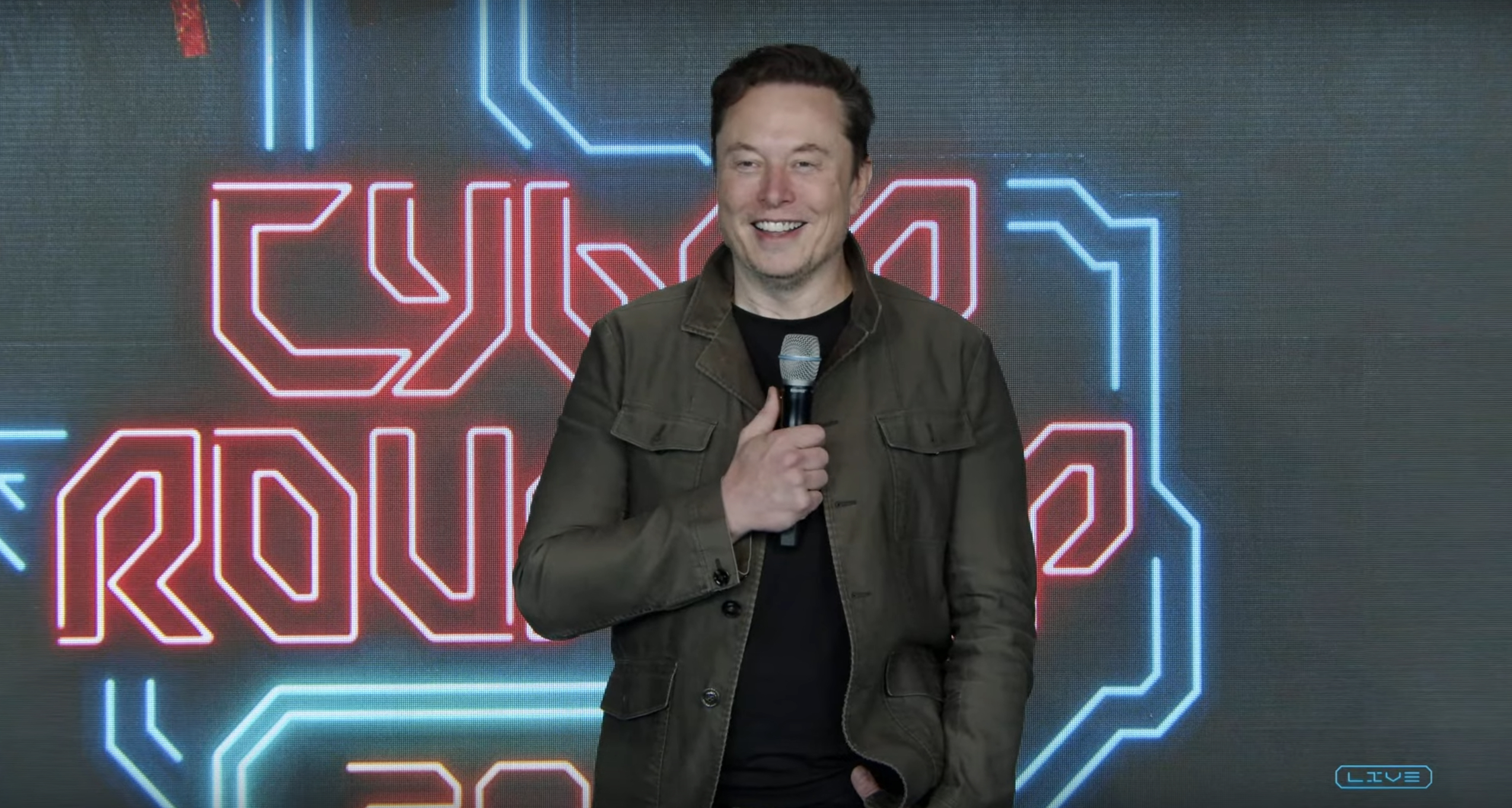
Tesla has scheduled its 2025 annual shareholder meeting for November 6, addressing investor concerns that the company was nearing a legal deadline to hold the event.
The automaker announced the date on Thursday in a Form 8-K submitted to the United States Securities and Exchange Commission (SEC). The company also listed a new proposal submission deadline of July 31 for items to be included in the proxy statement.
Tesla’s announcement followed calls from a group of 27 shareholders, including the leaders of large public pension funds, which urged Tesla’s board to formally set the meeting date, as noted in a report from The Wall Street Journal.
The group noted that under Texas law, where Tesla is now incorporated, companies must hold annual meetings within 13 months of the last one if requested by shareholders. Tesla’s previous annual shareholder meeting was held on June 13, 2024, which placed the July 13 deadline in focus.
Tesla originally stated in its 2024 annual report that it would file its proxy statement by the end of April. However, an amended filing on April 30 indicated that the Board of Directors had not yet finalized a meeting date, at least at the time.
The April filing also confirmed that Tesla’s board had formed a special committee to evaluate certain matters related to CEO Elon Musk’s compensation plan. Musk’s CEO performance award remains at the center of a lengthy legal dispute in Delaware, Tesla’s former state of incorporation.
Due to the aftermath of Musk’s legal dispute about his compensation plan in Delaware, he has not been paid for his work at Tesla for several years. Musk, for his part, has noted that he is more concerned about his voting stake in Tesla than his actual salary.
At last year’s annual meeting, TSLA shareholders voted to reapprove Elon Musk’s compensation plan and ratified Tesla’s decision to relocate its legal domicile from Delaware to Texas.
Elon Musk
Grok coming to Tesla vehicles next week “at the latest:” Elon Musk
Grok’s rollout to Tesla vehicles is expected to begin next week at the latest.
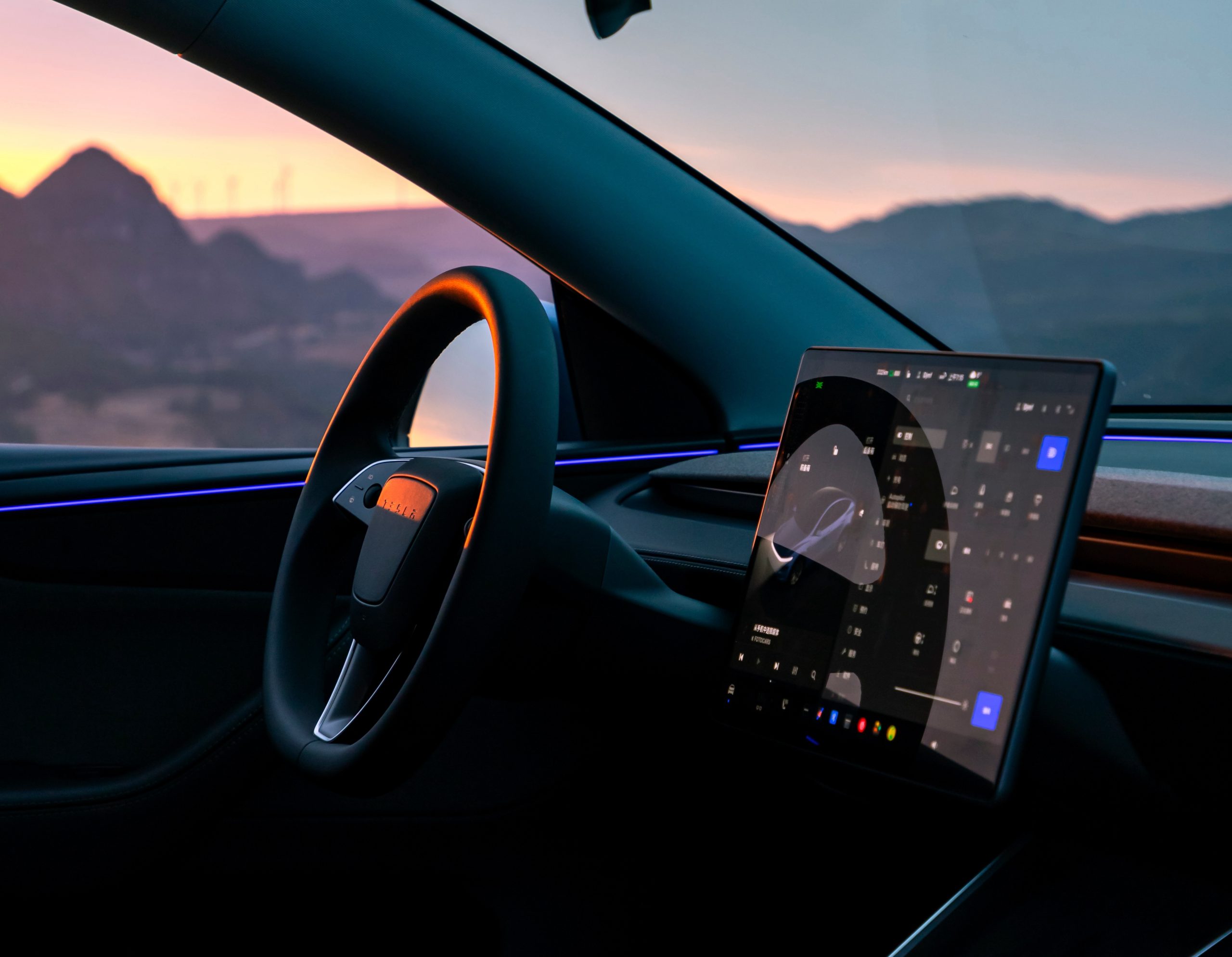
Elon Musk announced on Thursday that Grok, the large language model developed by his startup xAI, will soon be available in Tesla vehicles. Grok’s rollout to Tesla vehicles is expected to begin next week at the latest, further deepening the ties between the two Elon Musk-led companies.
Tesla–xAI synergy
Musk confirmed the news on X shortly after livestreaming the release of Grok 4, xAI’s latest large language model. “Grok is coming to Tesla vehicles very soon. Next week at the latest,” Musk wrote in a post on social media platform X.
During the livestream, Musk and several members of the xAI team highlighted several upgrades to Grok 4’s voice capabilities and performance metrics, positioning the LLM as competitive with top-tier models from OpenAI and Google.
The in-vehicle integration of Grok marks a new chapter in Tesla’s AI development. While Tesla has long relied on in-house systems for autonomous driving and energy optimization, Grok’s integration would introduce conversational AI directly into its vehicles’ user experience. This integration could potentially improve customer interaction inside Tesla vehicles.
xAI and Tesla’s collaborative footprint
Grok’s upcoming rollout to Tesla vehicles adds to a growing business relationship between Tesla and xAI. Earlier this year, Tesla disclosed that it generated $198.3 million in revenue from commercial, consulting, and support agreements with xAI, as noted in a report from Bloomberg News. A large portion of that amount, however, came from the sale of Megapack energy storage systems to the artificial intelligence startup.
In July 2023, Musk polled X users about whether Tesla should invest $5 billion in xAI. While no formal investment has been made so far, 68% of poll participants voted yes, and Musk has since stated that the idea would be discussed with Tesla’s board.
-

 Elon Musk1 week ago
Elon Musk1 week agoTesla investors will be shocked by Jim Cramer’s latest assessment
-

 Elon Musk3 days ago
Elon Musk3 days agoElon Musk confirms Grok 4 launch on July 9 with livestream event
-

 Elon Musk15 hours ago
Elon Musk15 hours agoxAI launches Grok 4 with new $300/month SuperGrok Heavy subscription
-

 News7 days ago
News7 days agoTesla Model 3 ranks as the safest new car in Europe for 2025, per Euro NCAP tests
-
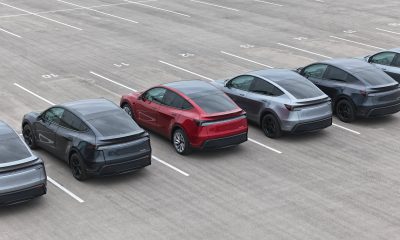
 Elon Musk2 weeks ago
Elon Musk2 weeks agoA Tesla just delivered itself to a customer autonomously, Elon Musk confirms
-

 Elon Musk1 week ago
Elon Musk1 week agoxAI’s Memphis data center receives air permit despite community criticism
-
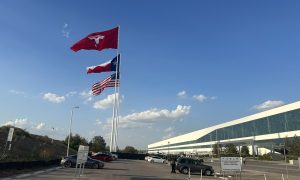
 Elon Musk2 weeks ago
Elon Musk2 weeks agoTesla’s Omead Afshar, known as Elon Musk’s right-hand man, leaves company: reports
-

 News2 weeks ago
News2 weeks agoXiaomi CEO congratulates Tesla on first FSD delivery: “We have to continue learning!”


